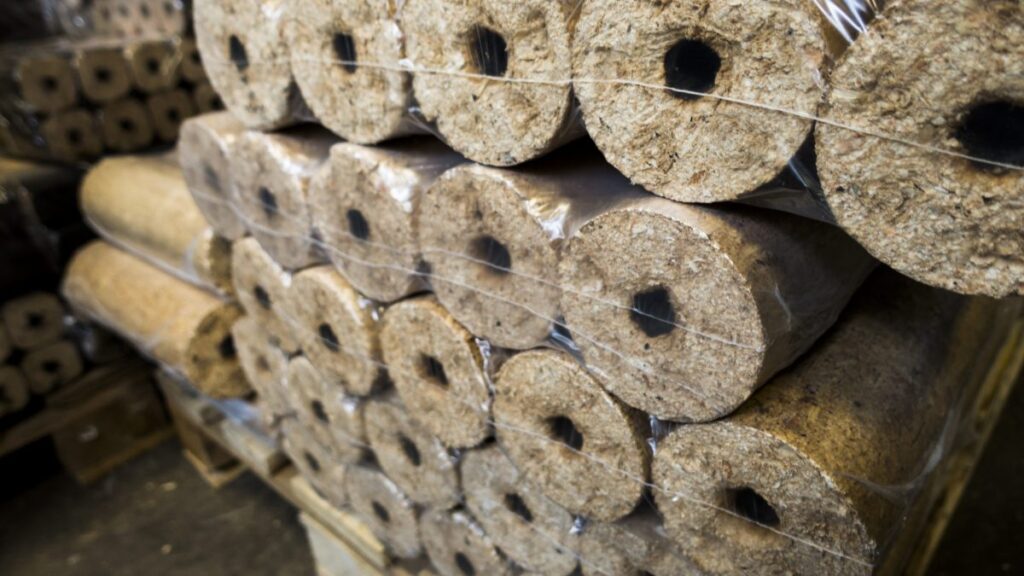Wood briquetting is a process of compacting wood residue into dense and uniform-shaped blocks called wood briquettes. This technique involves applying pressure to the material, with the use of a wood briquetting machine, to form the solid fuel products. Wood briquettes find applications in various sectors, ranging from industrial boilers to consumers as an alternative to firewood.

They serve as an eco-friendly alternative to traditional fuels such as coal and firewood. Industries, households, and even institutions like schools and hospitals can utilize wood briquettes for heating purposes, cooking, and powering certain industrial processes. Wood briquetting is relevant for anyone seeking sustainable fuel options or looking to manage wood waste efficiently. Industries with large volumes of wood waste, such as sawmills and furniture manufacturers, can benefit significantly from wood briquetting by reducing waste and generating additional revenue from selling the waste material in the form of briquettes.
The benefits of turning wood waste into briquettes are manifold. Firstly, it helps in the efficient utilization of wood resources by converting otherwise discarded materials into a valuable energy source. Additionally, wood briquettes have a higher energy density compared to raw wood materials, which means they provide more heat per unit volume. They also burn cleaner with lower emissions of pollutants, contributing to improved air quality. Moreover, wood briquettes are easy to store, transport, and handle, making them convenient for both industrial and domestic users.
The choice of raw material depends on factors such as availability, cost, and desired qualities of the final briquettes.
Hardwoods, such as oak and maple, are known for their dense and durable nature, making them suitable for producing high-quality briquettes with excellent heat output. Softwoods like pine and spruce, are more readily available and are also often used to make briquettes. MDF, a composite wood product made from recycled wood fibers and resin, can also be used in briquetting, although special considerations need to be taken due to its adhesive content.
Particle size and moisture content are crucial parameters that influence the quality of briquettes. Excessive moisture content can lead to difficulties in forming briquettes and may cause them to disintegrate. Properly dried and sized wood particles ensure optimal briquette production.

Wood briquettes serve a wide range of applications across various sectors. In the industrial sector, they are used as a renewable fuel source for industrial boilers, gasifiers, or other heating or power-generating systems. Industries such as manufacturing, food processing, and agriculture can use wood briquettes to meet their energy needs efficiently and sustainably.
In the consumer market, wood briquettes are popular for residential heating purposes. They are commonly used in fireplaces, wood-burning stoves, and outdoor grills due to their convenience, clean, and consistent burning characteristics.